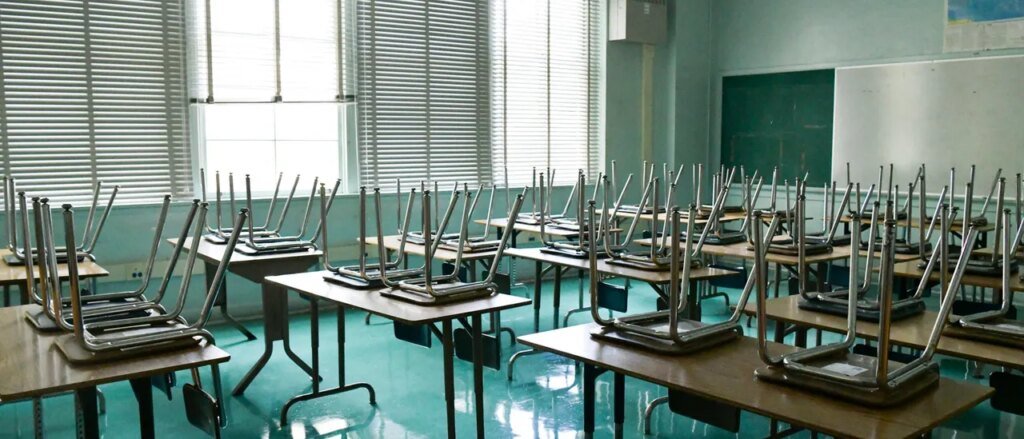The Rise of School Choices
We’ve entered a new era of school options.
As school bells start ringing, an unprecedented number of children, particularly from low-income backgrounds, are opting out of traditional public schools. This year, approximately 1 million children are expected to engage in alternatives like voucher programs, tuition tax credits, scholarship programs, and charter schools.
This sounds positive, right? I mean, after all, when schools compete, kids benefit, or so the saying goes.
Yet, that’s not how teacher unions and some education leaders view the situation. The New York Times has pointed out that this trend towards educational freedom is supposedly leading to a “public school crisis.”
But why? It seems that many families are simply choosing better educational options. Doesn’t this suggest that perhaps public schools and their unions are falling short for their communities and children?
A recent study from the Commonwealth Institute in Pennsylvania revealed that 40% of public schools have serious issues like violence, bullying, and even guns present. If kids don’t feel safe, how can they learn? This raises significant concerns about the current state of public education.
Still, the enormous education sector seems to be shifting back to selection programs.
Last week, the Washington Post reported that around 300,000 kids are benefiting from the well-regarded Arizona Choice program, which has become a national example.
However, the article expressed concern that with so many children leaving for private alternatives, numerous failing public schools in Phoenix will have to shut their doors. Roosevelt Elementary School was specifically mentioned, with some families feeling “broken-hearted” over the potential closure. The emotional impact on the community is evident.
Yet, parents who can access better alternatives feel liberated. It’s interesting to ponder why providing low-income families the opportunity to attend quality private schools is seen as problematic.
This is akin to complaining that a desirable Whole Foods grocery store has opened in the neighborhood while a less appealing grocery store struggles to stay afloat.
Some argue that the stance of teacher unions and critics of school choice implies that only affluent families should enjoy access to excellent educational institutions. It’s a curious kind of social justice that suggests disadvantaged children should remain in subpar schools just for the sake of teachers’ job security.
Interestingly, the New York Times acknowledges that initiatives like vouchers compel public schools to improve their services and actively compete for students. The ultimate goal should be to elevate standards across the board to address the nationwide decline in test scores.
It’s likely that school choice will enhance both the quality of public schools and overall academic performance for those institutions that haven’t already suffered severe student losses.
In the same article lamenting the voucher system, it was noted that only 13% of students district-wide were rated proficient in mathematics for the 2023-24 school year. Surprisingly, half of these schools maintain A or B grades according to district standards.
It leaves me wondering what’s truly going on here. Is it alarming that only one in six students grasp fundamental mathematics, or is it concerning that schools still manage to get high grades?
Clearly, there’s a disconnect.
Would you send your child to a school where just one in six students understands basic math? I wouldn’t. It doesn’t have to be that way.







